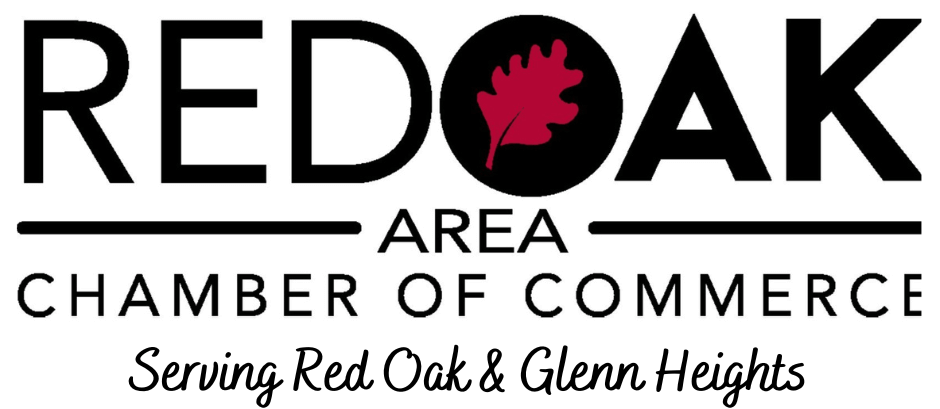Employee training is no longer a “nice-to-have” — it’s the heartbeat of a growing company’s success. Teams that invest in clear, structured training programs not only perform better but also stay longer, adapt faster, and drive measurable growth. Yet many small to midsize businesses (SMBs) still struggle to move from ad hoc onboarding to a sustainable, scalable learning system.
Quick Snapshot: What This Article Covers
If you only have two minutes, here’s the essence of what follows:
-
Training isn’t an event — it’s a repeatable system.
-
The best programs grow with your people and your tools.
-
Documentation, feedback loops, and accessible formats (like PDFs or LMS systems) make learning permanent.
-
You don’t need to spend thousands on software; you need structure, ownership, and iteration.
Understand Why Training Matters More Than Ever
The core reason to develop a robust employee training program is retention. Remember: Replacing an employee isn’t cheap.
Training also ensures consistency. When every employee learns the same foundational processes and values, your company culture becomes self-reinforcing — not personality-dependent.
The Core Elements of an Effective Training Program
Let’s keep this practical. Every strong employee training program should include the following:
?? Foundation: Clear Objectives
Define what “success” looks like. Are you training for compliance, performance improvement, or career development?
?? Content: Modular & Contextual
Break training into digestible modules. A new marketing hire doesn’t need to learn accounting on day one.
?? Process: Iterative & Data-Driven
Gather feedback after every module. Update materials quarterly or after major tool changes.
?? Tools: Accessible & Flexible
Cloud-based platforms like TalentLMS, Trainual, or Lessonly make it easy to host content and track progress. If you’re not ready for that, even a shared Google Drive with clear naming conventions can work initially.
?? Feedback: Two-Way Street
Encourage participants to point out gaps or redundancies. The best training programs are co-created with employees, not imposed on them.
A Step-by-Step Checklist to Build Your Own Program
Use this as your roadmap:
|
Step |
Action |
Goal |
|
1 |
Audit current skills and processes |
Identify what’s missing or inconsistent |
|
2 |
Define learning outcomes |
Clarify what success looks like |
|
3 |
Choose delivery format |
In-person, hybrid, or digital |
|
4 |
Assign trainers or mentors |
Give ownership to subject experts |
|
5 |
Create or source materials |
Use internal knowledge first before buying external courses |
|
6 |
Pilot and collect feedback |
Test with one department before full rollout |
|
7 |
Measure impact |
Track retention, performance, and satisfaction |
|
8 |
Adjust quarterly |
Treat training as a living system, not a static manual |
Common Mistakes Growing Companies Make
-
No Ownership: Training without a single responsible person quickly fades. Assign a “Learning Lead.”
-
Too Much at Once: Overwhelming new hires with every internal process leads to cognitive overload.
-
No Documentation: If training lives only in someone’s head, it’s not scalable.
-
No Tracking: Without progress metrics, you’re guessing, not improving.
-
Ignoring Feedback: The fastest way to lose credibility is to ignore learner input.
Create Clear, Consistent Training Documents
When running on-site training sessions, it’s essential to create comprehensive yet simple-to-follow training documents. These resources act as your company’s “source of truth.” Well-structured training documents should include:
-
Step-by-step instructions for recurring tasks
-
FAQs for common roadblocks
-
Screenshots or process diagrams for visual learners
Once complete, save them in a shareable, universal format. One of the most effective methods is to save training documents as PDFs — they maintain layout consistency across devices and are harder to edit accidentally.
Need to distribute them quickly? You can use an online converter like quickly convert to a PDF by dragging and dropping your files — no software installation required.
This ensures every employee, regardless of operating system or device, accesses the same version of your materials.
Launch Your Training Program
Here’s a hands-on framework for implementing your system from scratch:
Phase 1: Plan (1–2 weeks)
-
Interview team leads to list critical tasks by role.
-
Define measurable outcomes (e.g., “Reduce onboarding time from 3 weeks to 10 days”).
Phase 2: Build (2–4 weeks)
-
Record walkthroughs using Loom or Zoom.
-
Draft concise guides per topic.
-
Standardize tone and terminology.
Phase 3: Test (1–2 weeks)
-
Pilot with a new hire and observe where they hesitate.
-
Capture feedback immediately post-session.
Phase 4: Automate & Scale (ongoing)
-
Upload materials to your learning platform.
-
Set automated reminders for quarterly refreshes.
-
Integrate quizzes or simulations for engagement.
FAQ: Employee Training, Simplified
How often should we update our training materials?
At least quarterly, or whenever there’s a major process or tool change.
How can small businesses afford good training systems?
Start simple. Build internal guides using Google Docs or Notion. Only upgrade to an LMS when you need analytics and scaling.
Should training be mandatory?
Yes for compliance and safety; recommended for role development. Voluntary training often sees low engagement.
How do we measure success?
Use KPIs such as employee retention rate and post-training test scores.
Quick Training Program Setup Checklist
? Before Launch
-
Defined clear learning outcomes
-
Created structured materials
-
Added brand and intent clarity in all documents
-
Converted guides to PDFs for consistency
-
Stored everything in one shared location
? After Launch
-
Gather feedback within one week
-
Update materials quarterly
-
Track completion metrics
-
Celebrate internal “learning wins”
Conclusion
A training program isn’t a cost — it’s a growth engine. By investing in clear, adaptable structures and continuously improving them, growing companies create a flywheel of competence, confidence, and consistency. Remember: train once, document always, update often. The payoff? A team that doesn’t just work harder — they work longer with you.

